
The Enchanting Dordogne Valley: A Journey Through Time and Nature
Discover the Dordogne Valley: A timeless haven of medieval castles, prehistoric caves, and culinary delights in the heart of southwestern France.
The Dordogne Valley in France is a magical region that captivates visitors with its stunning landscapes, rich history, and charming villages. Nestled in the heart of southwestern France, this valley is a paradise for history buffs, nature lovers, and food enthusiasts alike. The valley is dotted with medieval castles, prehistoric caves, and picturesque towns that seem frozen in time. The medieval town of Sarlat-la-Canéda is a highlight, with its cobblestone streets and well-preserved buildings. Nearby, the Lascaux Caves offer a glimpse into ancient human history with their fascinating prehistoric paintings. Nature lovers will find plenty to explore in the Dordogne Valley. The region is crisscrossed by rivers and lush green hills, making it perfect for outdoor activities like hiking, canoeing, and cycling. The Dordogne River itself is ideal for a leisurely boat trip, offering stunning views of the surrounding countryside. Food and wine are central to the Dordogne experience. The region is famous for its foie gras, truffles, and walnuts, as well as its rich red wines. Local markets burst with fresh produce, artisanal cheeses, and other culinary delights, offering a true taste of the region's bounty.
Local tips in Dordogne Valley
- Visit the local markets early in the morning to get the freshest produce and avoid the crowds.
- Rent a canoe to explore the Dordogne River and enjoy the stunning scenery from a different perspective.
- Book tours of popular sites like Lascaux Caves in advance, as they can get very busy, especially in peak season.
- Take a walk or bike ride through the countryside to experience the natural beauty of the region.
- Try the local delicacies like foie gras and truffles at traditional restaurants to fully immerse yourself in the culinary culture.
The Enchanting Dordogne Valley: A Journey Through Time and Nature
The Dordogne Valley in France is a magical region that captivates visitors with its stunning landscapes, rich history, and charming villages. Nestled in the heart of southwestern France, this valley is a paradise for history buffs, nature lovers, and food enthusiasts alike. The valley is dotted with medieval castles, prehistoric caves, and picturesque towns that seem frozen in time. The medieval town of Sarlat-la-Canéda is a highlight, with its cobblestone streets and well-preserved buildings. Nearby, the Lascaux Caves offer a glimpse into ancient human history with their fascinating prehistoric paintings. Nature lovers will find plenty to explore in the Dordogne Valley. The region is crisscrossed by rivers and lush green hills, making it perfect for outdoor activities like hiking, canoeing, and cycling. The Dordogne River itself is ideal for a leisurely boat trip, offering stunning views of the surrounding countryside. Food and wine are central to the Dordogne experience. The region is famous for its foie gras, truffles, and walnuts, as well as its rich red wines. Local markets burst with fresh produce, artisanal cheeses, and other culinary delights, offering a true taste of the region's bounty.
When is the best time to go to Dordogne Valley?
Iconic landmarks you can’t miss
Château de Beynac
Discover the enchanting Château de Beynac, a historic fortress offering stunning views, rich history, and a captivating glimpse into medieval France.
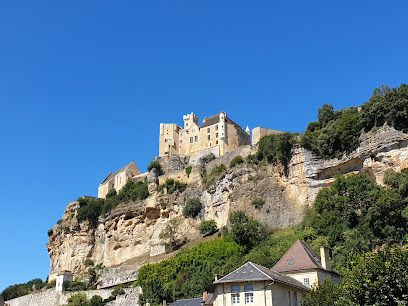
Castelnaud-la-Chapelle Castle
Discover the enchanting Castelnaud-la-Chapelle Castle, a medieval fortress with stunning views and rich history in the heart of the Dordogne region.
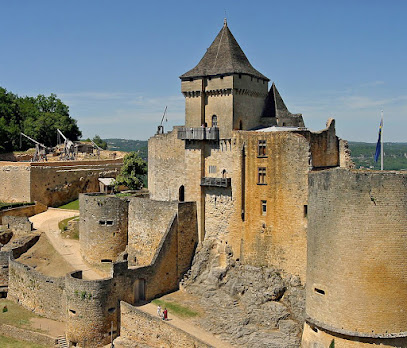
The Marqueyssac gardens
Explore the Marqueyssac Gardens: a serene paradise of manicured landscapes and breathtaking views in the heart of the Dordogne region.
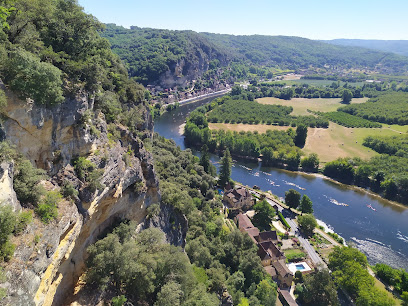
Château des Milandes
Explore the historic Château des Milandes, showcasing rich history, stunning architecture, and exquisite French cuisine in the heart of Dordogne.
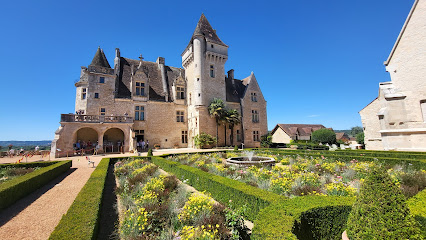
La Roque St. Christophe
Explore the ancient troglodyte village of La Roque St. Christophe, a stunning prehistoric site in the Dordogne region, where history comes alive.
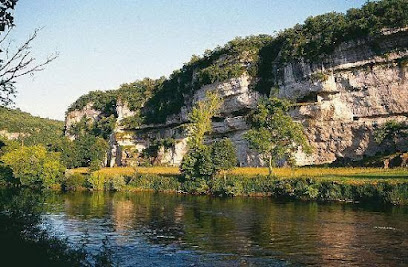
Fortified House of Reignac
Immerse yourself in the history of the Fortified House of Reignac, a captivating medieval fortress in the heart of the Vézère Valley, France.
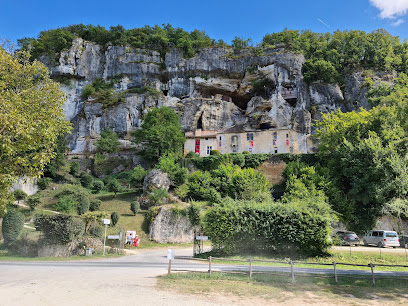
Périgord-Limousin Natural Regional Park
Explore the natural wonders and rich heritage of Périgord-Limousin Natural Regional Park, an enchanting escape for nature lovers and adventure seekers.
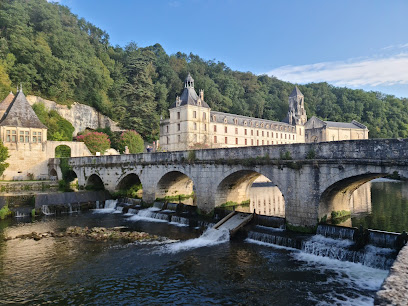
The Gardens of Eyrignac Manor
Explore the stunning Gardens of Eyrignac Manor in Salignac-Eyvigues, a historical gem of serene beauty and exquisite French garden design.

Castle of Biron
Explore the historic and architectural marvel of the Castle of Biron, a stunning medieval fortress nestled in the beautiful French countryside.

Lascaux II
Explore the breathtaking Lascaux II, a replica of ancient cave paintings showcasing humanity's earliest artistic expressions, nestled in the heart of France.
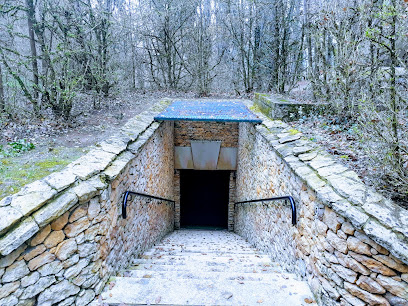
Commarque Castle
Explore the medieval splendor of Commarque Castle, a stunning historical site in the heart of the Dordogne region, surrounded by breathtaking natural beauty.
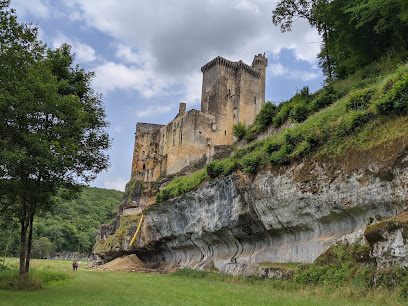
Villars Cave
Discover the breathtaking beauty of Villars Cave, a stunning natural wonder filled with enchanting stalactites and rich geological history.
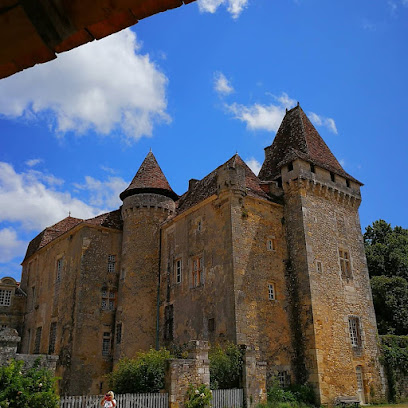
Abri de la Madeleine
Discover the Abri de la Madeleine, a UNESCO World Heritage site showcasing prehistoric art and rich history in the heart of Tursac, France.
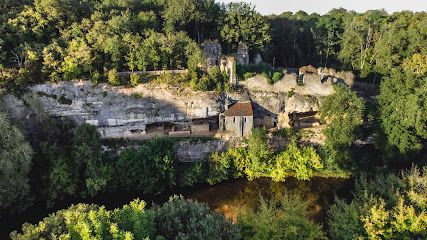
Château de Puymartin
Discover the enchanting Château de Puymartin, a medieval castle in Sarlat-la-Canéda, rich in history and architectural beauty.
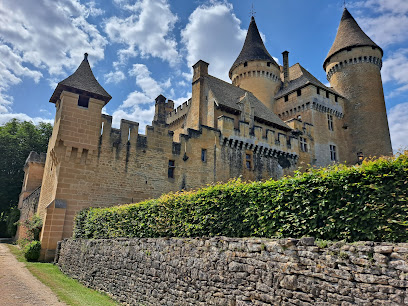
Grotte de Domme
Discover the breathtaking Grotte de Domme, a stunning underground wonder in the heart of the Dordogne region, rich in history and natural beauty.
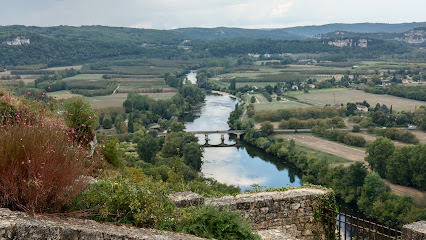
Unmissable attractions to see
Château de Beynac
Experience the rich history and stunning vistas at Château de Beynac, a spectacular medieval fortress overlooking the Dordogne Valley.
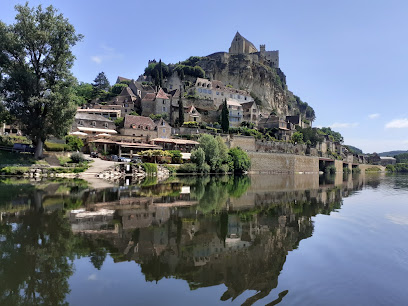
Castelnaud-la-Chapelle Castle
Explore the magnificent Castelnaud-la-Chapelle Castle, a timeless symbol of medieval history and stunning architecture in the heart of Dordogne.
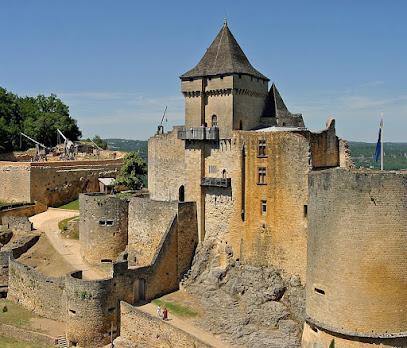
The Marqueyssac gardens
Experience the breathtaking beauty of Les Jardins de Marqueyssac, a stunning garden in Vezac with breathtaking views and a serene atmosphere.
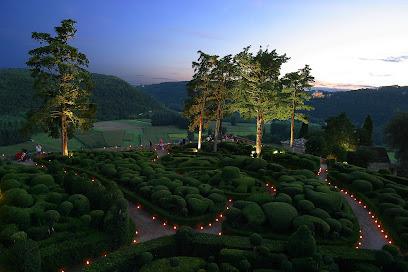
Castelnaud-la-Chapelle Castle
Discover the grandeur of Castelnaud-la-Chapelle Castle, a historical gem in the heart of the Dordogne region, offering breathtaking views and rich medieval heritage.
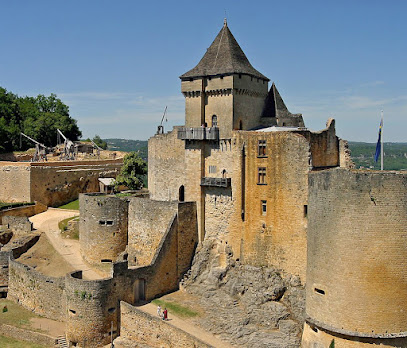
The Marqueyssac gardens
Discover the breathtaking beauty of Marqueyssac Gardens, an enchanting destination in Dordogne, France, famed for its stunning landscapes and serene atmosphere.
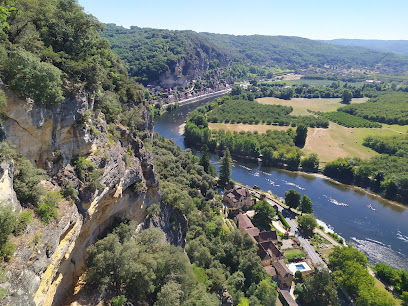
Château des Milandes
Explore the enchanting Château des Milandes, a historical gem featuring stunning gardens, rich heritage, and exquisite French cuisine in the heart of the Dordogne.
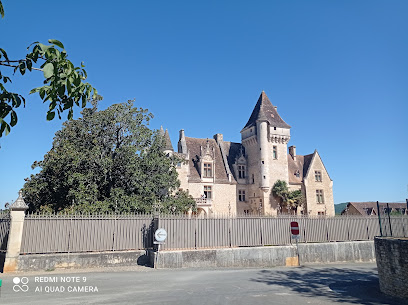
Brantome Abbey
Discover the enchanting Brantome Abbey, a historical landmark nestled in the scenic village of Brantôme, offering a glimpse into France's rich heritage.
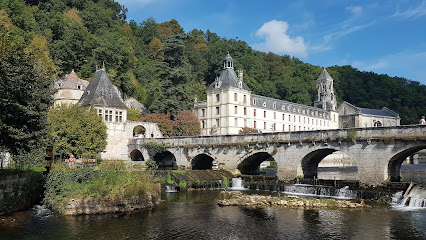
Le Parc du Bournat | Un voyage en 1900
Discover the magic of early 20th-century France at Le Parc du Bournat, a delightful theme park filled with history, amusement rides, and cultural experiences.
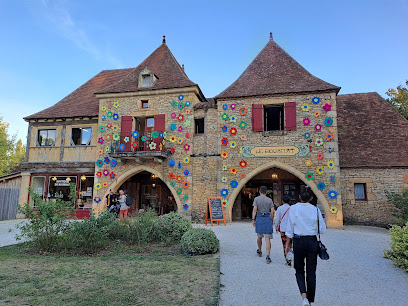
Fortified House of Reignac
Explore the Fortified House of Reignac, a stunning medieval fortress museum in the beautiful Vézère Valley, rich in history and breathtaking views.
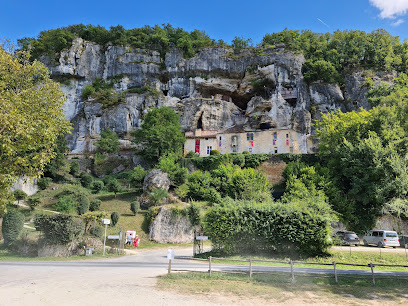
Aquarium Périgord Noir
Explore the mesmerizing aquatic world at Aquarium Périgord Noir in Le Bugue, where education and adventure come together for an unforgettable experience.
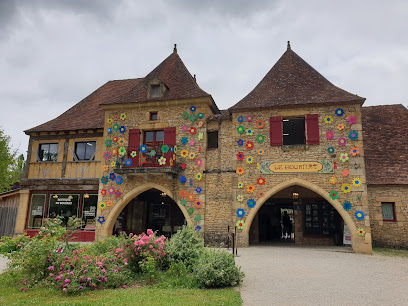
Périgord-Limousin Natural Regional Park
Discover the natural beauty and cultural heritage of Périgord-Limousin Natural Regional Park, a haven for outdoor adventures and serene escapes.

The Water Gardens of Carsac
Explore the tranquil beauty of The Water Gardens of Carsac, a stunning park and garden blending nature and art in the heart of Carsac-Aillac.
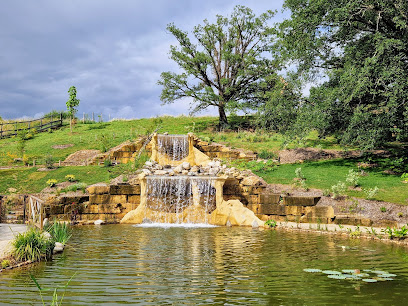
The Gardens of Eyrignac Manor
Explore the exquisite Gardens of Eyrignac Manor, a timeless showcase of French garden artistry amidst breathtaking landscapes.
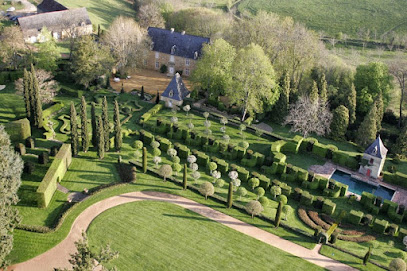
Château de Hautefort
Experience the elegance of Château de Hautefort, a historical landmark showcasing French architecture and rich aristocratic history in a stunning setting.
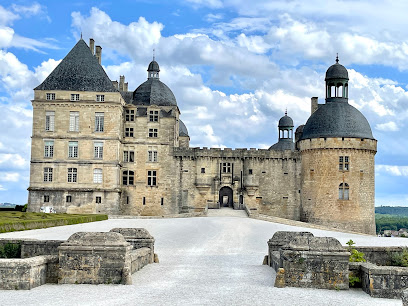
Castle of Biron
Discover the Castle of Biron, a medieval marvel in France offering stunning architecture, rich history, and breathtaking views of the countryside.
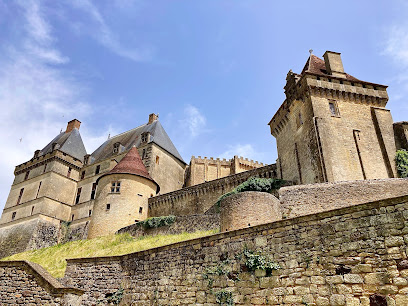
Essential places to dine
Hôtel - Restaurant La Couleuvrine
Discover the charm of Sarlat-la-Canéda at Hôtel - Restaurant La Couleuvrine: A culinary haven blending modern French cuisine with rustic elegance.
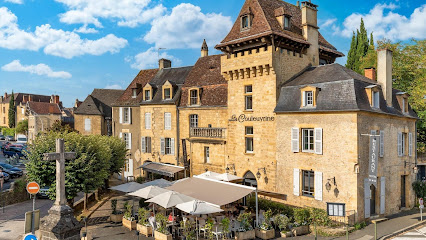
La Petite Tonnelle
Discover authentic French cuisine at La Petite Tonnelle in Beynac-et-Cazenac, where every meal is paired with breathtaking views and local charm.
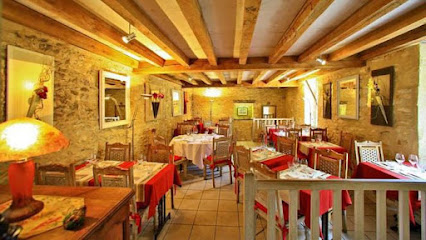
Le Moulin de l'Abbaye
Experience luxury at Le Moulin de l'Abbaye: A historic hotel and restaurant offering exquisite French cuisine in Brantôme en Périgord.
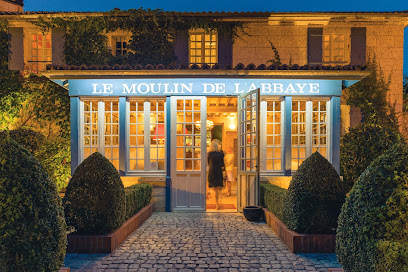
Auberge Le Colombier
Experience authentic French cuisine at Auberge Le Colombier in La Roque-Gageac, where local flavors meet breathtaking views.
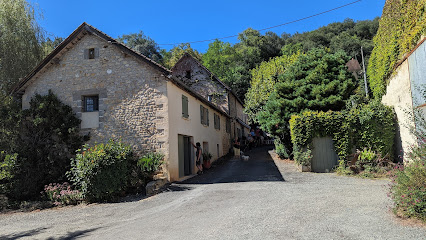
Logis Auberge de la Truffe
Experience exquisite French cuisine and cozy accommodations at Logis Auberge de la Truffe in Sorges-et-Ligueux-en-Périgord.
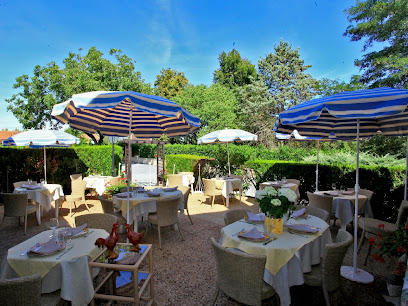
Cabanoix et Châtaigne
Discover exquisite French cuisine at Cabanoix et Châtaigne in Domme - a delightful culinary journey awaits you.
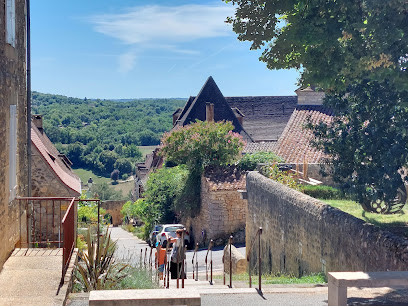
Auberge de la Rode
Experience authentic French cuisine at Auberge de la Rode, nestled in scenic Domme - a perfect blend of flavor and charm.

Ferme Auberge Le Grand Coderc
Experience authentic local cuisine and serene countryside living at Ferme Auberge Le Grand Coderc in Saint-Rabier.
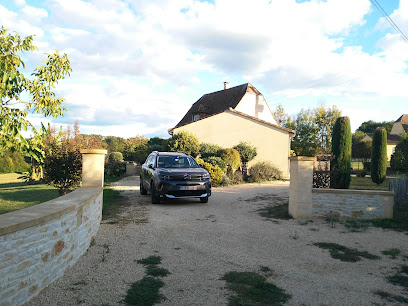
Relais & Châteaux - Le Vieux Logis - Dordogne
Discover luxury and exquisite dining at Relais & Châteaux - Le Vieux Logis in Dordogne, where culinary excellence meets serene countryside charm.

Côté Dordogne
Experience exquisite modern French cuisine at Côté Dordogne, where tradition meets innovation in beautiful Beaulieu-sur-Dordogne.
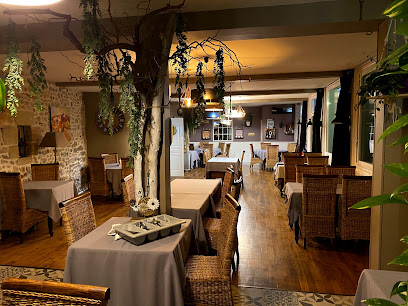
Hôtel Le Pech de Malet
Discover serenity at Hôtel Le Pech de Malet in Vitrac, where comfort meets exquisite French dining amidst stunning Dordogne landscapes.

Le Domaine du Terroir
Discover the essence of French cuisine and hospitality at Le Domaine du Terroir in La Chapelle-Aubareil - a culinary paradise awaits.
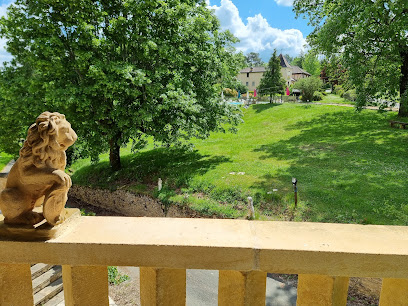
Restaurant du Château
Experience exquisite French cuisine at Restaurant du Château in Campagne - a culinary haven showcasing local flavors and timeless traditions.
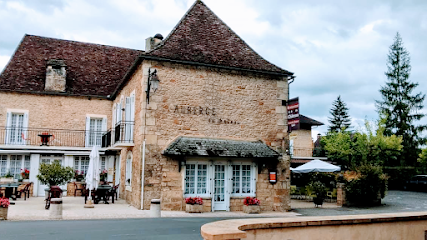
Logis Hôtel Archambeau
Discover tranquility and taste at Logis Hôtel Archambeau in Thonac – where comfort meets exquisite local cuisine amidst stunning landscapes.
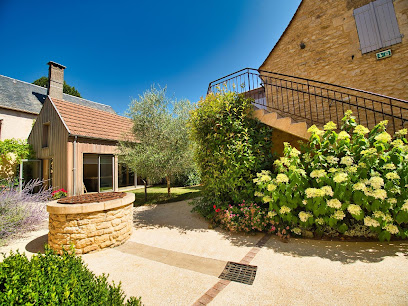
Restaurant Le Grand Bleu
Experience culinary excellence at Restaurant Le Grand Bleu in Sarlat-la-Canéda - where haute French cuisine meets charming ambiance.
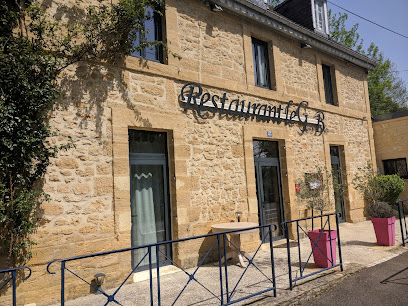
Markets, malls and hidden boutiques
E.Leclerc SARLAT
Discover E.Leclerc Sarlat, a vibrant hypermarket offering fresh produce, local delicacies, and everyday essentials in Sarlat-la-Canéda.
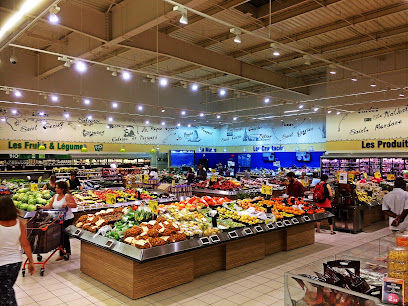
E.Leclerc RIBERAC
Explore E.Leclerc Ribérac, a hypermarket filled with local flavors, organic delights, and essential household goods in the heart of Ribérac.
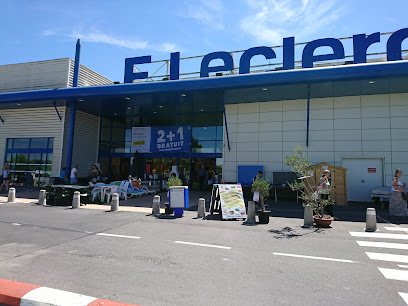
Super U et Drive
Discover the best of local shopping at Super U et Drive in Sanilhac, offering groceries, books, and delivery services in a friendly atmosphere.

DARTY Perigueux
Explore DARTY Perigueux for top-notch appliances, computers, and home theater systems in the heart of Boulazac Isle Manoire.
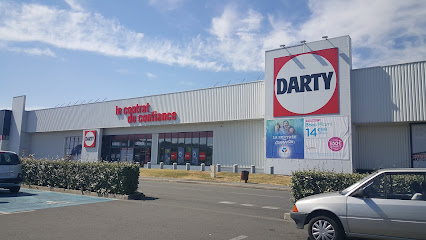
MONOPRIX PERIGUEUX
Experience the charm of MONOPRIX Périgueux, a vibrant supermarket with local and international products for all your travel needs.
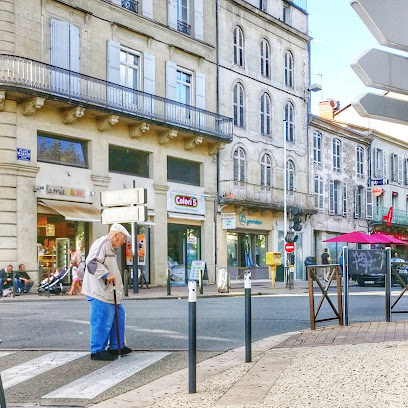
Store Kiabi Perigueux
Explore fashion for the whole family at Kiabi Perigueux, where style meets affordability in Boulazac Isle Manoire.

Super U and Drive - op Atlantic
Discover convenience and local flavors at Super U and Drive - op Atlantic, your essential supermarket and car rental hub in Saint-Martial-d'Albarède.
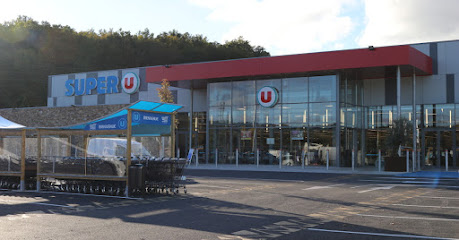
Bricorama Sarlat-La-Canéda
Explore Bricorama Sarlat-La-Canéda for all your DIY needs and unleash your creativity in home improvement.
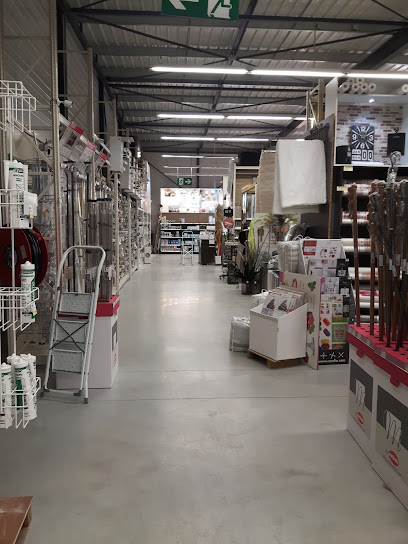
Domain Huso - Caviar Neuvic
Discover the exquisite caviar experience at Domain Huso in Neuvic, where gourmet delights meet sustainable fish farming.
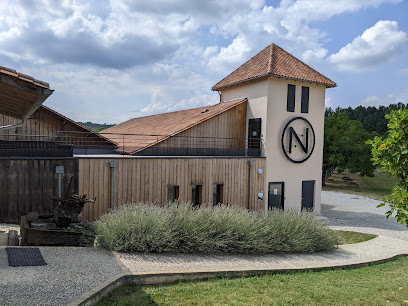
Lidl
Experience the vibrant local culture and diverse grocery selection at Lidl in Ribérac, your go-to supermarket for all your shopping needs.
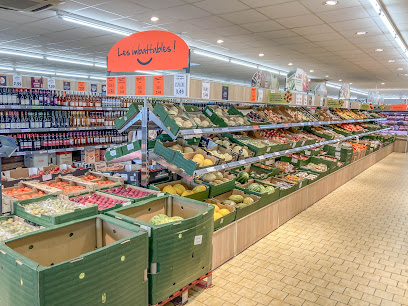
Jardiland
Explore Jardiland in Chancelade, your premier garden center for plants, gardening supplies, and pet products, surrounded by nature's beauty.
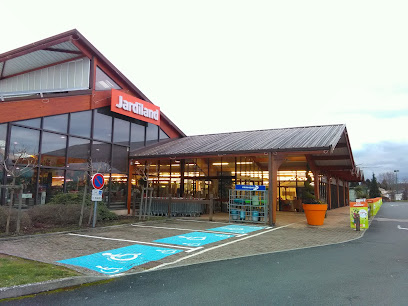
Intermarché SUPER Périgueux et Drive
Discover the vibrant shopping experience at Intermarché SUPER Périgueux, where local delicacies and everyday essentials await in the heart of France.
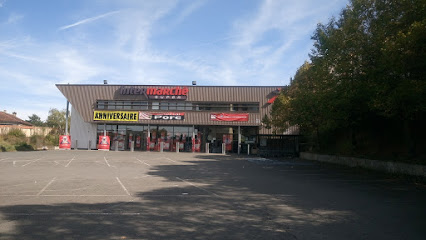
L'esprit Jardiland
Discover L'esprit Jardiland, a premier garden center in Terrasson-Lavilledieu, offering an array of plants, DIY tools, and pet supplies for nature enthusiasts.

Auchan Supermarché Saint-Pardoux
Experience the local flavor at Auchan Supermarché Saint-Pardoux, where you can shop for fresh produce, regional specialties, and everyday essentials.
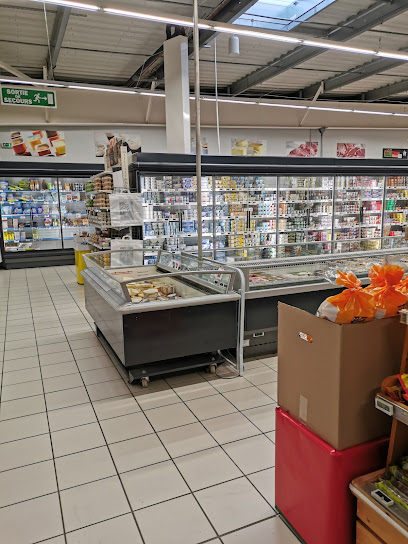
Kiabi
Explore Kiabi in Bergerac for stylish and affordable clothing for the whole family, including maternity, children's, and plus-size options.
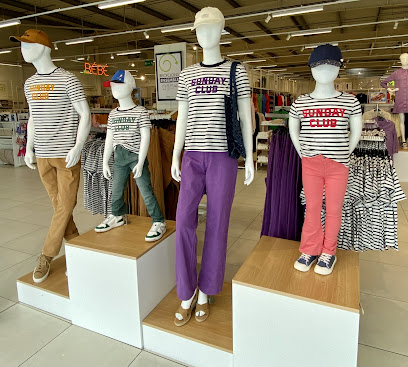
Essential bars & hidden hideouts
Watson's Pub
Enjoy a delightful mix of brasserie and pub fare at Watson's Pub in Périgueux, where local flavors meet a vibrant atmosphere.
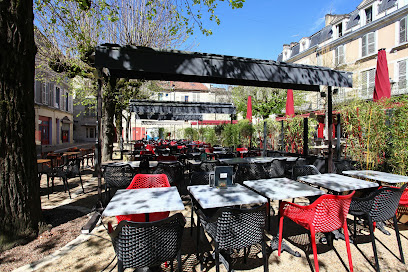
Au Bureau Boulazac
Experience the essence of French dining at Au Bureau Boulazac, where culinary delights meet a vibrant bar atmosphere in Boulazac Isle Manoire.
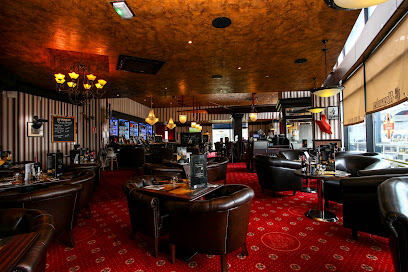
Le Café de la Place Périgueux
Discover the culinary delights of Le Café de la Place Périgueux, where local flavors meet a warm, inviting atmosphere in the heart of the city.
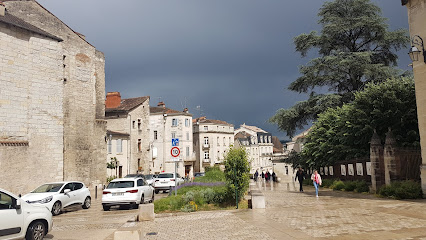
PQP - Over The Perfect
Discover the vibrant atmosphere of PQP - Over The Perfect, where fine wines and delightful tapas blend seamlessly in the heart of Bergerac.
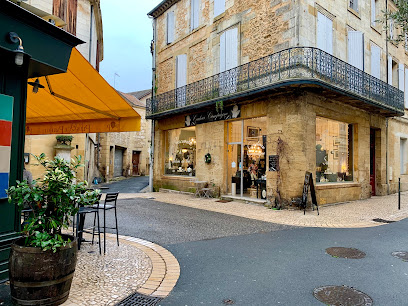
Restaurant Maleville
Experience the essence of French cuisine at Restaurant Maleville in Beynac-et-Cazenac, a culinary gem with local flavors and stunning views.
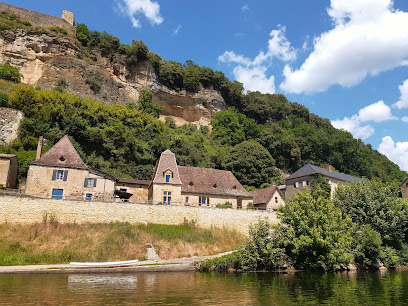
Domaine de la Rhonie
Experience the charm of the Dordogne at Domaine de la Rhonie, where comfort meets culinary excellence in a stunning natural setting.

Bar club à striptease le BARON
Experience the vibrant nightlife at Le BARON, a captivating lounge in Sarlat-la-Canéda, blending entertainment and elegance for an unforgettable evening.
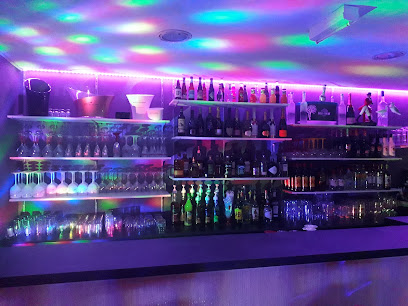
Local Phrases about Dordogne Valley
-
- HelloBonjour
[bon-zhoor] - GoodbyeAu revoir
[oh ruh-vwahr] - YesOui
[wee] - NoNon
[nohn] - Please/You're welcomeS'il vous plaît/De rien
[seel voo pleh/duh ryen] - Thank youMerci
[mehr-see] - Excuse me/SorryExcusez-moi/Désolé
[ehks-kyoo-zay mwah/dey-zoh-lay] - How are you?Comment ça va?
[koh-mohn sah vah] - Fine. And you?Bien. Et toi?
[byen. ay twah] - Do you speak English?Parlez-vous anglais?
[par-lay voo ahn-glay] - I don't understandJe ne comprends pas
[zhuh nuh kohm-prahnd pah]
- HelloBonjour
-
- I'd like to see the menu, pleaseJe voudrais voir la carte, s'il vous plaît
[zhuh voo-dray vwahr lah kart, seel voo pleh] - I don't eat meatJe ne mange pas de viande
[zhuh nuh mahnj pah duh vee-ahnd] - Cheers!Santé!
[sahn-tay] - I would like to pay, pleaseJe voudrais payer, s'il vous plaît
[zhuh voo-dray pay-yay, seel voo pleh]
- I'd like to see the menu, pleaseJe voudrais voir la carte, s'il vous plaît
-
- Help!Au secours!
[oh suh-coor] - Go away!Allez-vous en!
[ah-lay voo zah] - Call the Police!Appelez la Police!
[ah-pay-lay lah poh-lees] - Call a doctor!Appelez un médecin!
[ah-pay-lay uh mayd-sahn] - I'm lostJe suis perdu(e)
[zhuh swee pair-doo] - I'm illJe suis malade
[zhuh swee mah-lahd]
- Help!Au secours!
-
- I'd like to buy...Je voudrais acheter...
[zhuh voo-dray ah-shuh-tay...] - I'm just lookingJe regarde juste
[zhuh ruh-gahrd jeh-st] - How much is it?Combien ça coûte?
[kohm-byen sah koot] - That's too expensiveC'est trop cher
[say troh shair] - Can you lower the price?Pouvez-vous baisser le prix?
[poo-veh voo bey-say luh pree]
- I'd like to buy...Je voudrais acheter...
-
- What time is it?Quelle heure est-il?
[kell ur ay-teel] - It's one o'clockIl est une heure
[eel ay oon ur] - Half past (10)Dix et demi
[dees ay duh-mee] - MorningMatin
[mah-tan] - AfternoonAprès-midi
[ah-pray-mee-dee] - EveningSoir
[swahr] - YesterdayHier
[yehr] - TodayAujourd'hui
[oh-zhoor-dwee] - TomorrowDemain
[duh-mahn] - 1Un
[uhn] - 2Deux
[duh] - 3Trois
[twah] - 4Quatre
[kah-truh] - 5Cinq
[sank] - 6Six
[sees] - 7Sept
[sept] - 8Huit
[weet] - 9Neuf
[nuf] - 10Dix
[dees]
- What time is it?Quelle heure est-il?
-
- Where's a/the...?Où est...?
[oo ay...] - What's the address?Quelle est l'adresse?
[kell ay lah-dress] - Can you show me (on the map)?Pouvez-vous me montrer (sur la carte)?
[poo-veh voo muh mohn-tray (soor lah kart)] - When's the next (bus)?Quand est le prochain (bus)?
[kahnd ay luh proh-shen (boos)] - A ticket (to ....)Un billet (pour ....)
[uhn bee-yay (poor)]
- Where's a/the...?Où est...?
History of Dordogne Valley
-
The Dordogne Valley is home to one of the most significant prehistoric sites in the world—the Lascaux Caves. Discovered in 1940 by four teenagers, these caves contain over 600 parietal wall paintings that are estimated to be around 17,000 years old. The artwork includes depictions of large animals such as horses, deer, and aurochs, which were prevalent in the region during the Upper Paleolithic era. The Lascaux Caves provide invaluable insights into early human life and artistic expression.
-
During the medieval period, the Dordogne Valley became a strategic battleground, leading to the construction of numerous castles and fortresses. Notable among them is Château de Beynac, perched on a cliff overlooking the Dordogne River. Built in the 12th century, this fortress was a key stronghold during the Hundred Years' War between France and England. Another remarkable structure is the Château de Castelnaud, which houses a museum dedicated to medieval warfare. These castles offer a glimpse into the region's tumultuous past and feudal heritage.
-
The Dordogne Valley was a significant theatre in the Hundred Years' War (1337-1453) between England and France. The valley's castles frequently changed hands as both sides vied for control. The Battle of Castillon in 1453, near the town of Castillon-la-Bataille, marked the end of this protracted conflict. The war had lasting impacts on the region, influencing its architecture, economy, and culture. Many of the local fortifications and bastides (fortified towns) still bear the scars of this historical period.
-
The Renaissance and Enlightenment periods brought cultural and scientific advancements to the Dordogne Valley. The town of Sarlat-la-Canéda is a prime example, with its well-preserved Renaissance architecture and vibrant cultural scene. The region also saw the establishment of educational institutions and the flourishing of arts and literature. The Château des Milandes, once home to American entertainer Josephine Baker, showcases the blending of historical and modern influences, reflecting the area's rich cultural tapestry.
-
During World War II, the Dordogne Valley was part of the Vichy-controlled Free Zone until it was occupied by Nazi Germany in 1942. The region became a hotbed for the French Resistance, with local maquis (resistance groups) conducting sabotage operations and aiding Allied forces. The village of Oradour-sur-Glane, though not in Dordogne but nearby, stands as a poignant reminder of the war's atrocities, where 642 residents were massacred by a German SS division. The Dordogne Valley's role in the Resistance is commemorated in various local museums and memorials.
-
Today, the Dordogne Valley is a vibrant region that seamlessly blends its historical legacy with modern life. The area is renowned for its culinary traditions, particularly its foie gras, truffles, and walnuts. The picturesque villages, such as La Roque-Gageac and Domme, offer stunning landscapes and a unique sense of history. The Dordogne River itself provides opportunities for recreational activities like canoeing and fishing. The region's markets, festivals, and artisan crafts continue to attract visitors, ensuring that the cultural heritage of the Dordogne Valley remains alive and thriving.
Dordogne Valley Essentials
-
Dordogne Valley is located in the Nouvelle-Aquitaine region of France. The nearest international airports are Bergerac Dordogne Périgord Airport (approximately 70 kilometers away) and Brive–Souillac Airport (about 50 kilometers away). From these airports, you can rent a car, take a taxi, or use public transportation to reach the valley. Trains are also an option, with the main railway stations at Périgueux and Brive-la-Gaillarde offering connections to major French cities such as Paris, Bordeaux, and Toulouse.
-
The most convenient way to explore Dordogne Valley is by car, allowing you to visit its many picturesque villages and historic sites at your own pace. Car rentals are available at major airports and in larger towns. Public transportation options include local buses, but they may not cover all tourist sites. Taxis are available but can be expensive for long distances. Biking is another popular option, especially for exploring the scenic countryside and smaller villages.
-
The official currency in France is the Euro (EUR). Credit and debit cards are widely accepted in most hotels, restaurants, and shops. However, it's advisable to carry some cash, particularly when visiting smaller towns and rural areas where card acceptance may be limited. ATMs are readily available in larger towns and cities throughout the Dordogne Valley.
-
Dordogne Valley is generally considered a safe destination for tourists. However, as with any travel destination, it's wise to take standard precautions. Avoid leaving valuables unattended and be cautious in crowded places where petty theft can occur. There are no specific high-crime areas targeting tourists, but staying vigilant and aware of your surroundings is always recommended.
-
In case of emergency, dial 112 for immediate assistance, which is the European emergency number. Local police stations and medical facilities are available in larger towns such as Périgueux and Sarlat-la-Canéda. It's advisable to have travel insurance that covers medical emergencies. Pharmacies are widely available across the region, where you can purchase over-the-counter medications.
-
Fashion: Do dress smartly and comfortably. Casual wear is generally acceptable, but avoid overly revealing clothing, especially when visiting religious sites. Religion: Do respect local customs and traditions, particularly in churches and historical sites. Avoid loud behavior and dress modestly. Public Transport: Do validate your ticket before boarding trains and buses. Don't eat or drink on public transport. Greetings: Do greet people with a polite 'Bonjour' (Good day) and a handshake. Eating & Drinking: Do try local delicacies and wines. Don't start eating until the host says 'Bon appétit'.
-
To experience Dordogne Valley like a local, visit the weekly markets in towns like Sarlat-la-Canéda, where you can buy fresh produce and artisanal goods. Engage with locals, who are often friendly and eager to share their knowledge of the area's history and culture. Take part in local festivals and events to immerse yourself in the region's traditions. Don't miss exploring the prehistoric caves like Lascaux and the medieval castles that dot the landscape.
Trending Landmarks in Dordogne Valley
-
Château de Beynac
-
Castelnaud-la-Chapelle Castle
-
The Marqueyssac gardens
-
Château des Milandes
-
La Roque St. Christophe
-
Fortified House of Reignac
-
Périgord-Limousin Natural Regional Park
-
The Gardens of Eyrignac Manor
-
Castle of Biron
-
Lascaux II
-
Commarque Castle
-
Villars Cave
-
Abri de la Madeleine
-
Château de Puymartin
-
Grotte de Domme
Nearby Cities to Dordogne Valley
-
Things To Do in Bordeaux
-
Things To Do in Toulouse
-
Things To Do in La Rochelle
-
Things To Do in Lourdes
-
Things To Do in Tours
-
Things To Do in Angers
-
Things To Do in El Serrat
-
Things To Do in Ordino
-
Things To Do in Nantes
-
Things To Do in Arinsal
-
Things To Do in Canillo
-
Things To Do in Soldeu
-
Things To Do in La Massana
-
Things To Do in Encamp
-
Things To Do in San Sebastián












